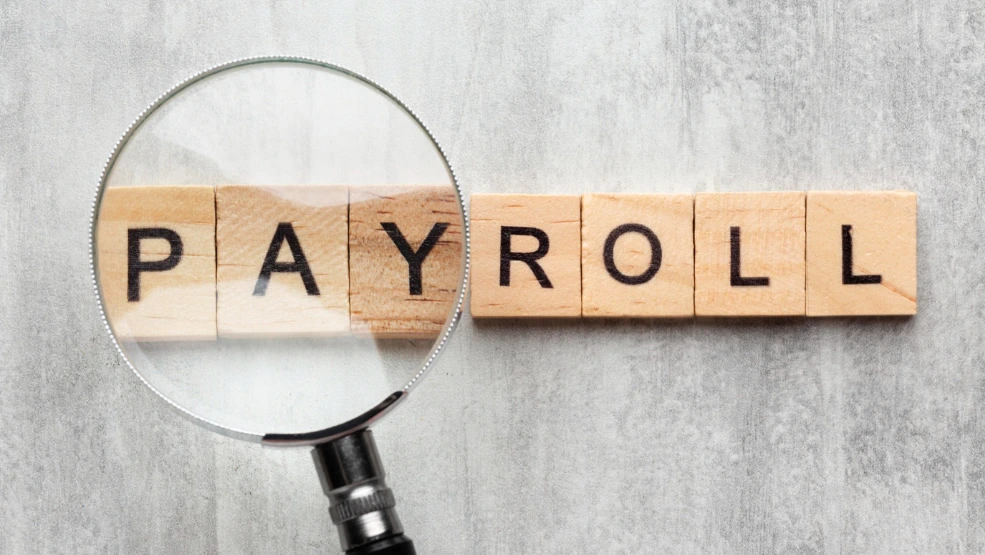Year-end payroll can be a daunting task for even the most experienced professionals. With so many deadlines and forms to keep track of, it is easy to make a mistake. From tracking down documents to completing paperwork to filing forms with government agencies, there is a lot to keep track of.
The good news is that regardless of if you are part of a small business or an enterprise, using a year-end payroll checklist can help you stay on top of it all. We have put together a year-end payroll checklist for small businesses that will walk you through every step of the process, from reviewing your payroll records to filing your taxes. With this checklist in hand, you can be confident that you will meet all deadlines and avoid any costly errors.
Review your payroll records
Reviewing your payroll records at year-end is crucial since it ensures that all wage, tax, and benefit information is accurate and up-to-date. It is also essential for avoiding costly errors and penalties from the IRS and other government agencies. You can check to make sure that you are paying the correct amount of taxes for each employee and that you are complying with all applicable laws regarding wage and hourly compensation.
Verify all wage, tax, and benefits data
Start by double-checking all the essential payroll data, which includes an employee’s wages, taxes, and benefits. Ensure that each employee’s earnings are accurately recorded. Pay close attention to tax withholdings to avoid any discrepancies that could lead to issues with the IRS or your local tax authorities. Also, make certain that employee benefits such as health insurance or retirement contributions are accurately reflected.
Emphasize the Importance of Updated Employee Records
You should have the latest personal and contact information for each of your employees. It is not just about verifying the numbers—it’s also about ensuring that your employee records are up-to-date. Outdated records can lead to problems with tax forms, W-2s, and other important documents.
Gather all of your payroll records
The year-end payroll process is not just about ensuring that your employees receive their year-end tax forms but also about staying compliant with various tax agencies. It is essential to gather all payroll tax forms and ensure they are in proper order. Accurately and timely filing of these forms will ensure compliance with tax regulations and provide employees and contractors with the information they need to file their own taxes.
Form W-2 (Wage and Tax Statement): This is for your employee’s wages, taxes withheld, and other important information to the IRS and to each employee.
Form W-3 (Transmittal of Wage and Tax Statements): Form W-3 is sent to the Social Security Administration (SSA) and attached to employees’ W-2 forms, which summarize their wages and taxes.
Form 940 (Employer’s Annual Federal Unemployment (FUTA) Tax Return): You can use this form to pay your Federal Unemployment Tax Act (FUTA) tax liability.
Form 941 (Employer’s Quarterly Federal Tax Return): Used to report your employees’ Social Security, Medicare, and federal income taxes withheld to the IRS.
Form 944 (Annual Return of Withheld Federal Income Tax, Social Security Taxes, and Medicare Tax): Used to summarize your annual payroll tax payments and to remit any unpaid taxes to the IRS.
Form 1099-NEC: This form is used to report payments to independent contractors of $600 or more in a year.
Form 1095 and Form 1095-B: These forms are used to report health insurance coverage to the IRS and to employees if you provide health care benefits to your employees.
Form 1096: This form is used to summarize the information reported on Forms 1099-NEC and 1095 if you filed one or more of those forms.
Run year-end payroll reports
Once you have gathered your payroll records and reconciled your payroll taxes, running a few key year-end payroll reports is important. These reports will help you verify your payroll data’s accuracy and identify any potential problems. Here are some of the most important year-end payroll reports to run:
Payroll summary report: It shows you the total wages, taxes, and deductions paid to each employee for the year.
Payroll tax liability report: It helps you to gather the total payroll taxes that your business owes to the IRS and other government agencies for the year.
Employee benefits report: This report will show you the total amount of benefits that you have provided to your employees for the year.
Contractor payments report: This will show you the total amount of payments that you have made to independent contractors for the year.
Review these forms so you can ensure that your payroll data is accurate and that you are in compliance with all applicable tax laws and regulations.
Your year-end payroll checklist
Your employees may be spread out across a large geographic area, and you may have a mix of full-time and part-time employees. This can make it difficult to keep track of all the payroll records and forms that you need to file. Here is a detailed year-end payroll checklist for your business.
-
Gather your payroll records
- Paystubs for all employees
- Time cards for all employees (if applicable)
- Mileage logs for all employees (if applicable)
- W-2 forms for all employees
- 1099-NEC forms for all independent contractors
- Payroll tax forms, such as Form 941 and Form 940
-
Review your payroll records for accuracy
- Check all wage, tax, and benefits data for correctness
- Verify all employee deductions are being calculated correctly
- Ensure all payroll taxes are being withheld and deposited correctly
- Verify all employee records up-to-date
-
Reconcile your payroll taxes
- Compare the payroll taxes that you have withheld and deposited to the payroll taxes that you owe to the IRS and other government agencies
- Make any necessary adjustments
-
Prepare your year-end payroll forms
- W-2 forms for all employees
- 1099-NEC forms for all independent contractors
- Distribute W-2 forms to all employees by January 31 and 1099-NEC forms to all independent contractors by January 31
-
File your payroll taxes and some additional tips
- Submit all payroll tax forms are due by January 31
- Keep track of your employees’ time and mileage
- Be aware of the different types of compensation that you are paying to your employees
- If you are hiring contractors, be sure to obtain their W-9 forms
- Use a payroll software program
Final thoughts
Following a year-end payroll checklist is essential for home service businesses of all sizes. By taking the time to review and update your payroll records, you can ensure that your employees are paid accurately and on time and that you are in compliance with all applicable tax laws. If you are unsure about how to comply with year-end payroll requirements, there are a number of resources available to help you. You can consult with a tax professional or use payroll software that can help you automate the process.
If you find this blog useful, follow us for more tips, strategies, and more.





